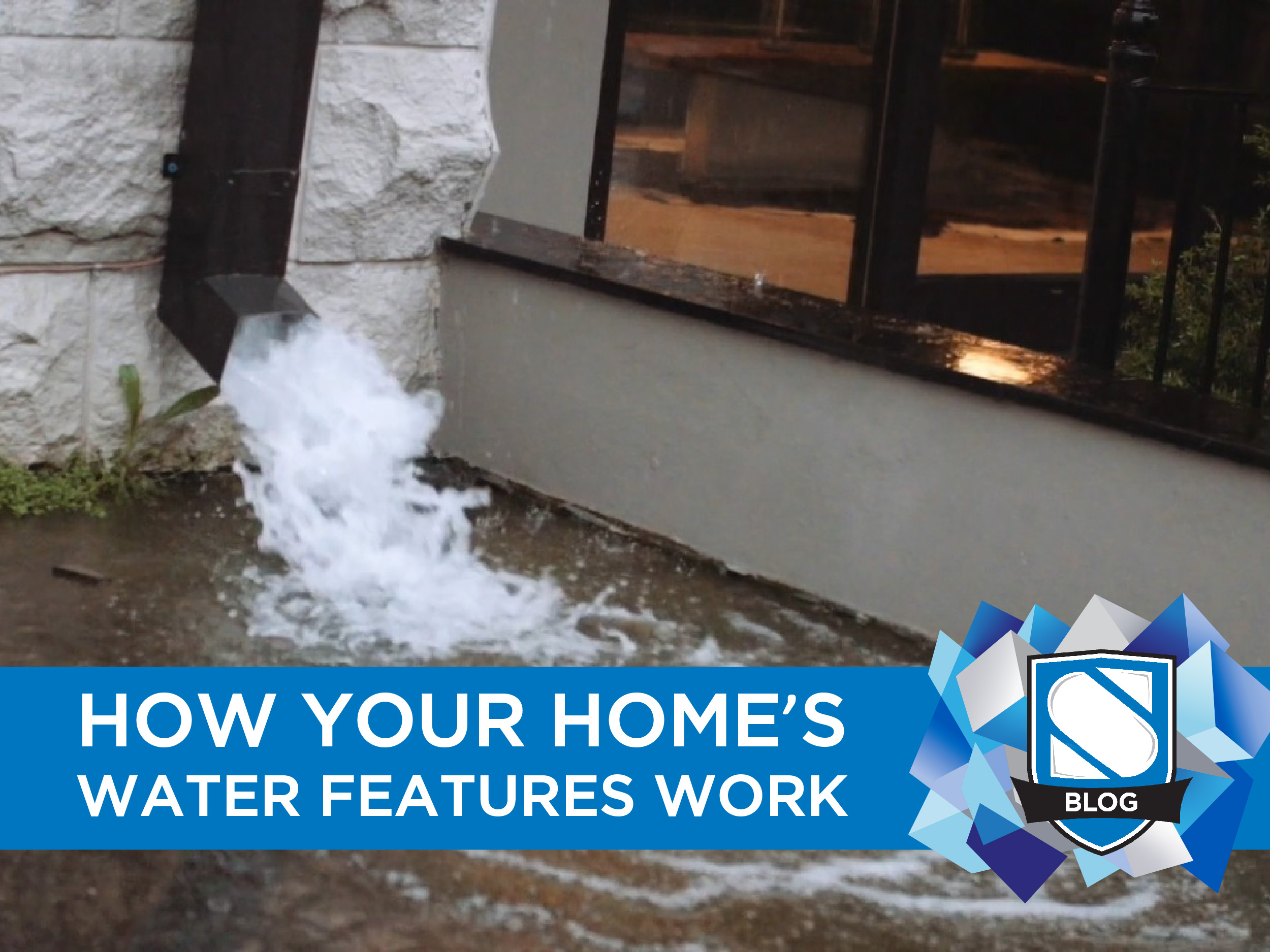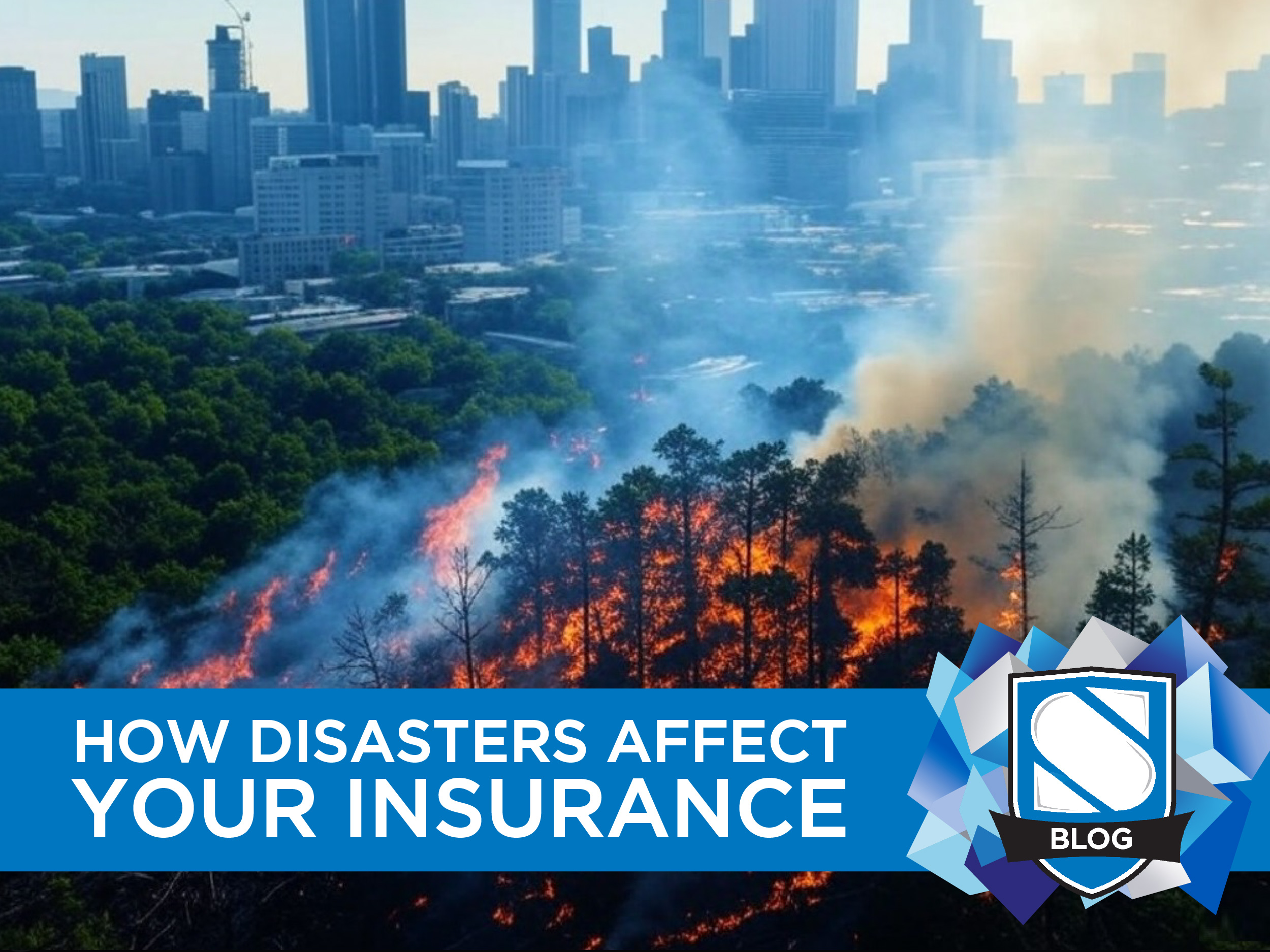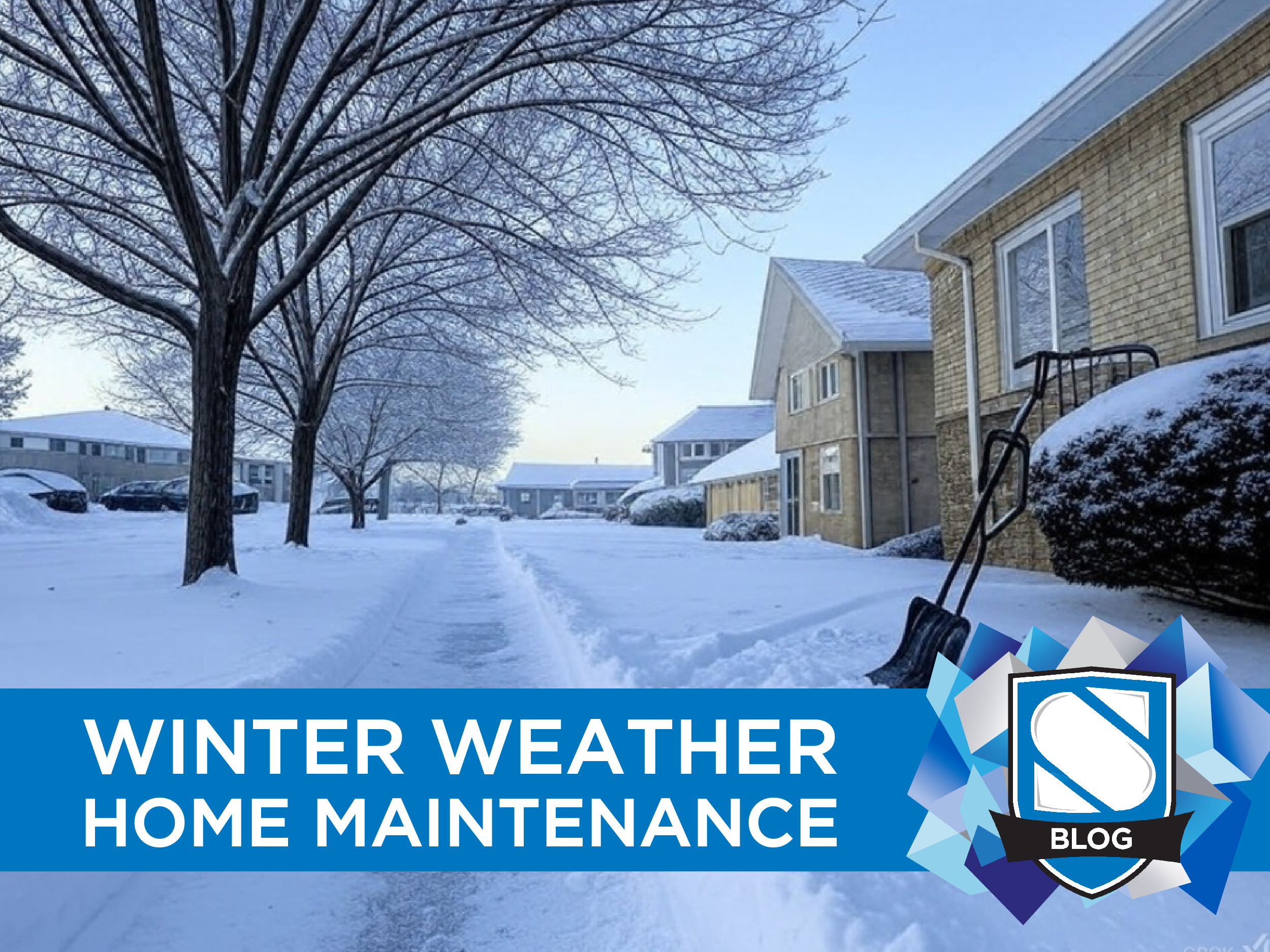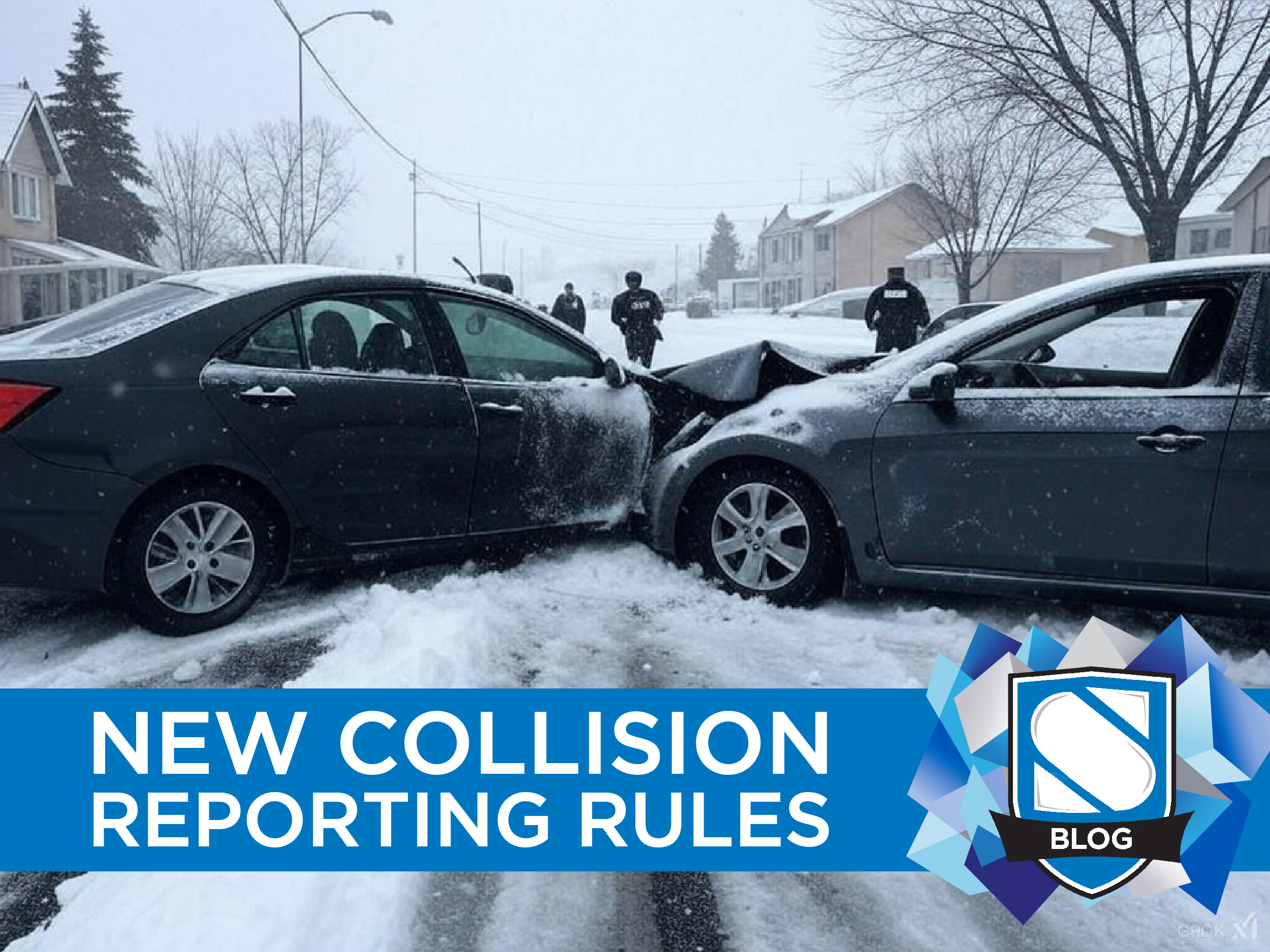Canada Day is coming up and many of us are looking forward to a relaxing long weekend of fun and celebration. Whether you’ll be staying at home or heading to camp or cottage country, many of us like to indulge in the same time honoured summer activities. Among these, there might not be a more classic Canadian pastime than gathering around a cozy bonfire with family and friends for a night of lively chat, some singing, s’mores, and maybe a few drinks.
Sounds like a great time to me! Gathering with family and friends around a nice and warm fire as the evening cools down can be one of life’s special moments, a chance to unwind, bond, and get away from the stress and business of modern life.
Still, as fun as it can be, we have to remember fire is fire. It’s important to treat every fire, from a polite little backyard burn-off contained in a cage or hearth, to a roaring bonfire blaze at the cottage, with respect and caution.
Before you strike a match
Before starting any kind of fire, do the proper legwork. Make sure you know your municipalities’ rules and by-laws for open burning and adhere to them. Same if you’re at a camp or cottage site, check in on the local fire policy and stick to it. Not only are these rules always posted in the interest of general safety, but you don’t want your long weekend ruined by a sudden fine or penalty because you didn’t check the local regulations.
Always make sure you have access to water or a fire extinguisher before striking the first spark. Many municipalities and camp sites have specific rules about what kind of equipment you need on hand for a fire (how many gallons, access to a running hose, a regulation extinguisher, etc) but even if they didn’t, it would still be a good idea. Never start a fire you don’t know how you’ll put out!
Burning bright and right
When you’re ready to go, start with the right fuel for your fire. While it can be tempting to just use whatever scraps you have around (leaves, clippings, brush, and so on), it’s better to stick to clean, unpainted hardwood. Yard waste and rough materials tends to result in billowy smoke plumes that can be a nuisance in residential areas and aggravate health issues for those with asthma and other lung conditions.
Scrap wood that has been painted, sourced from old furniture or construction, or has nails in it should also be avoided. Burning painted or treated wood (most furniture and construction wood has been treated in some way) can release harmful chemicals into the air. You don’t want your family or friends huffing in toxic fumes all night, so stick to wood you know is safe.
If you’re having trouble starting your fire, just be patient. Start with good, dry tinder and kindling and keep at it, don’t look for shortcuts like gasoline or other accelerants. Splashing a little gas on a small fire might seem like a fast way to get things going, but it is recklessly dangerous. You don’t have to go far to find stories of accidents, burns, and even deaths related to using gasoline as an accelerate. Don’t turn your fun weekend into another sad cautionary tale, build your fire safely.
Kids and fire safety
Children and fire are a risky mix. Many young children are fascinated with fire as a novelty and will want to poke and prod at it or help tend to it in any way they can. It’s understandable for kids to be interested, so establishing a healthy respect for fire is paramount.
Go over safety precautions with your kids. Refresh them on the basics of “stop, drop and roll” before starting a fire, make sure they know where to find water or an extinguisher in case things go bad. It’s also important to set clear boundaries and limitations on children around a fire. Establish a three foot ring around the fire pit they’re not allow to cross and never, ever leave any children unsupervised with a bonfire, even for a brief moment. If people need to step away, make sure at least one adult is specifically left behind to watch the kids and fire.
Cooling off
When it’s time to extinguish your fire, be thorough. You’ll want to dump enough water on it to completely extinguish every coal and ember. Pour a large amount of water on the fire, wait a few minutes and check again if anything is still smoldering or smoking, repeat the process until you’re sure its completely out. Remember, embers and coals can re-ignite fires hours after they’ve been “extinguished” if they’re not entirely out. You don’t want to suddenly have an untended fire in your backyard or loose embers blowing around a campsite and potentially drifting into the trees or other sites. Be responsible and diligent when the fun times are over.
Some of my favorite summer memories are of camp site bonfires and impromptu backyard gatherings. But, those memories are only so positive because we always observed a healthy respect for an open fire and practiced good safety precautions. When you go out to make some memories with your family and friends this week, make sure they’ll be good ones, be safe with your fire.














0 Comments